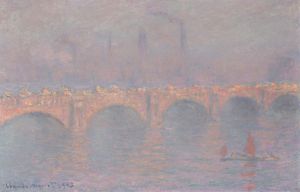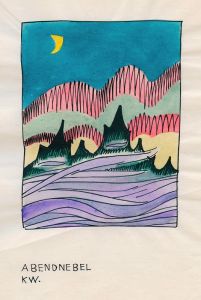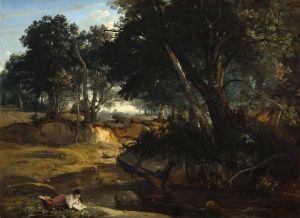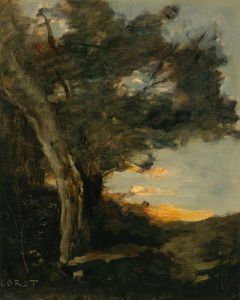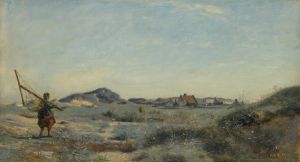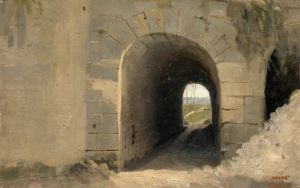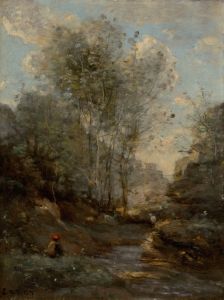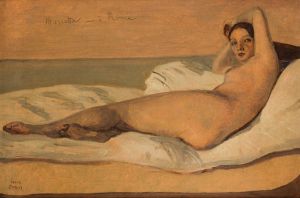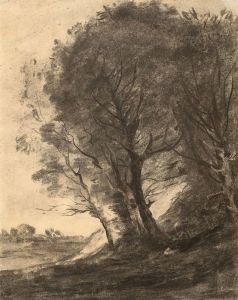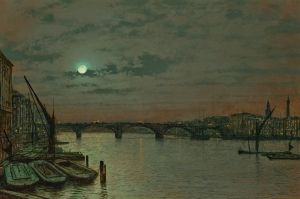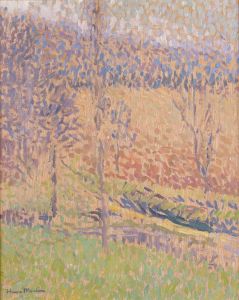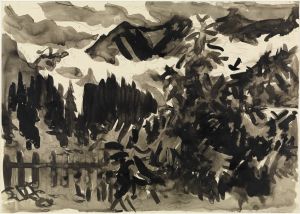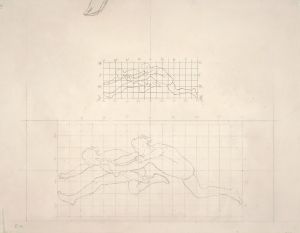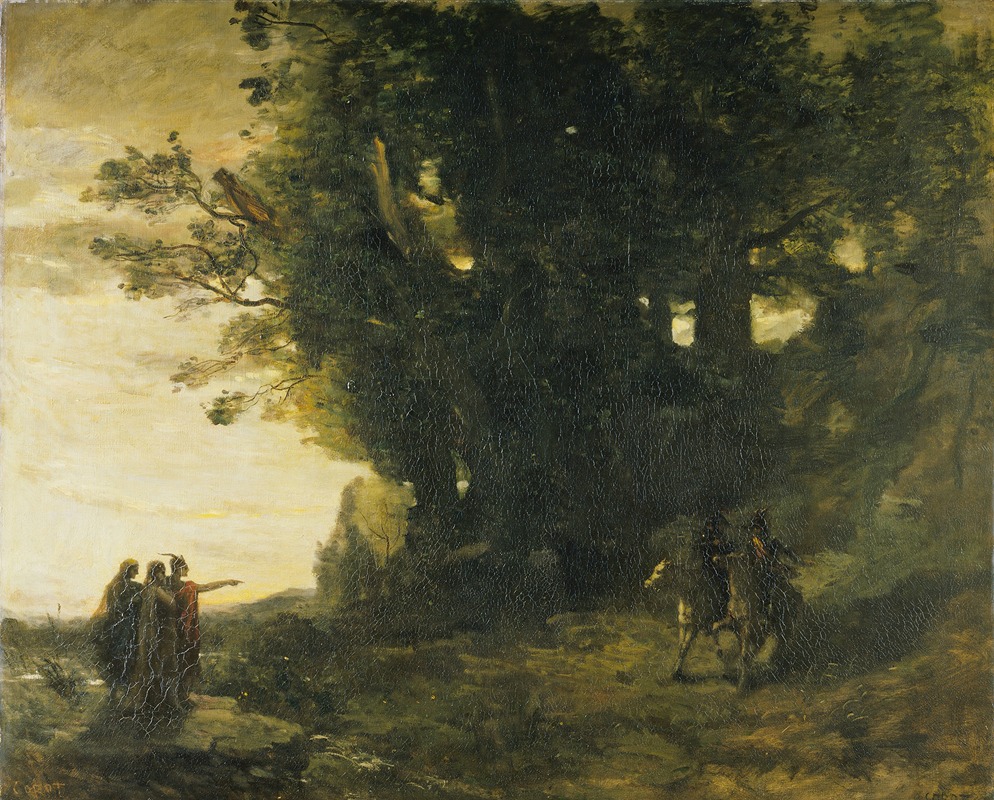
Macbeth, paysage
A hand-painted replica of Jean-Baptiste-Camille Corot’s masterpiece Macbeth, paysage, meticulously crafted by professional artists to capture the true essence of the original. Each piece is created with museum-quality canvas and rare mineral pigments, carefully painted by experienced artists with delicate brushstrokes and rich, layered colors to perfectly recreate the texture of the original artwork. Unlike machine-printed reproductions, this hand-painted version brings the painting to life, infused with the artist’s emotions and skill in every stroke. Whether for personal collection or home decoration, it instantly elevates the artistic atmosphere of any space.
Jean-Baptiste-Camille Corot, a prominent French landscape painter, created "Macbeth, paysage" in the mid-19th century. Corot is renowned for his contributions to the Barbizon School and his role in bridging the Neoclassical tradition with the emerging Impressionist movement. His works often feature serene landscapes imbued with a sense of tranquility and a delicate interplay of light and shadow.
"Macbeth, paysage" is a fascinating example of Corot's ability to blend literary themes with his landscape artistry. The painting draws inspiration from William Shakespeare's tragedy "Macbeth," a play that delves into themes of ambition, power, and fate. While Corot is primarily known for his landscapes, this work demonstrates his interest in integrating narrative elements into his art.
In "Macbeth, paysage," Corot captures a scene that evokes the mysterious and ominous atmosphere of Shakespeare's play. The landscape is rendered with Corot's characteristic soft brushwork and muted color palette, creating a dreamlike quality. The painting does not depict a specific scene from "Macbeth" but rather suggests the mood and tone of the play through its atmospheric composition.
Corot's landscapes are often celebrated for their poetic quality, and "Macbeth, paysage" is no exception. The painting invites viewers to immerse themselves in the natural world while contemplating the underlying narrative suggested by its title. This work exemplifies Corot's skill in using the landscape as a vehicle for storytelling, allowing the viewer's imagination to engage with the literary reference.
Throughout his career, Corot was known for his ability to capture the essence of a place, often working en plein air to observe the natural environment firsthand. His approach to painting was characterized by a keen observation of light and atmosphere, which he skillfully translated onto the canvas. In "Macbeth, paysage," these elements are evident in the way Corot captures the subtle shifts in light and the ethereal quality of the landscape.
Corot's influence on later artists, particularly the Impressionists, is well-documented. His innovative use of light and color, as well as his emphasis on capturing the transient effects of nature, paved the way for the Impressionist movement. "Macbeth, paysage" serves as a testament to Corot's ability to transcend traditional landscape painting by infusing it with narrative depth and emotional resonance.
The painting is housed in the Musée des Beaux-Arts de Lyon, where it continues to be appreciated by art enthusiasts and scholars alike. It remains an important work within Corot's oeuvre, showcasing his unique ability to blend landscape painting with literary inspiration.
In summary, "Macbeth, paysage" by Jean-Baptiste-Camille Corot is a remarkable example of the artist's skill in merging landscape art with narrative elements. Through his masterful use of light, color, and composition, Corot creates a painting that not only captures the beauty of the natural world but also evokes the dramatic and mysterious atmosphere of Shakespeare's "Macbeth." This work highlights Corot's significant contributions to the development of landscape painting and his enduring influence on future generations of artists.





